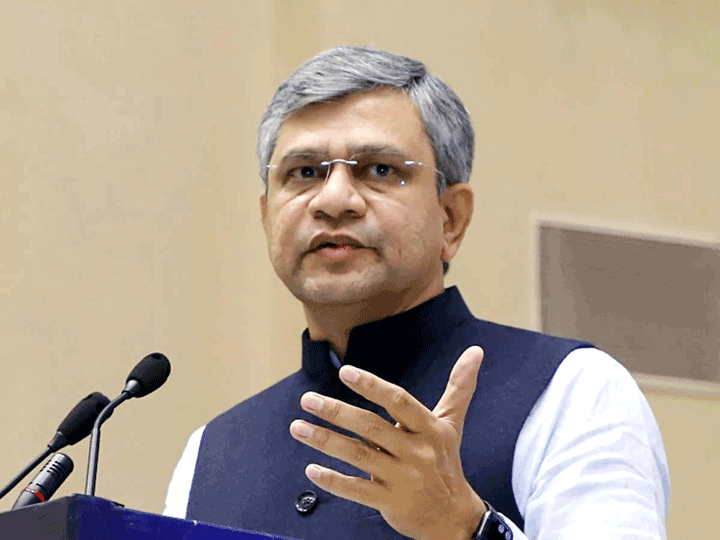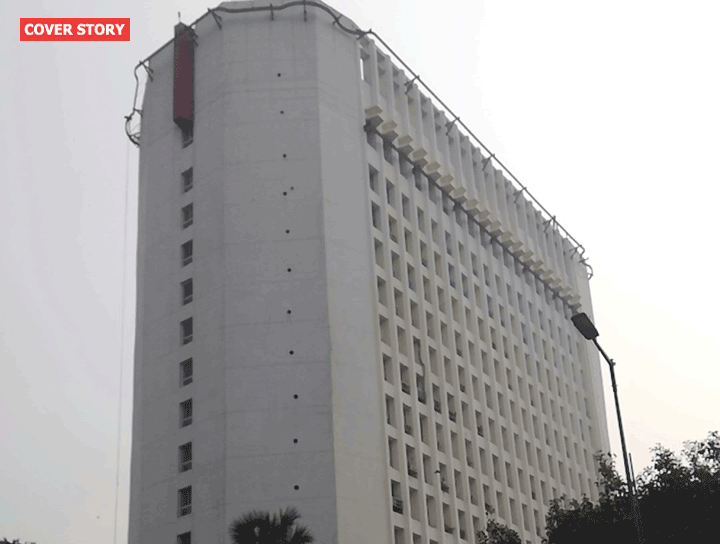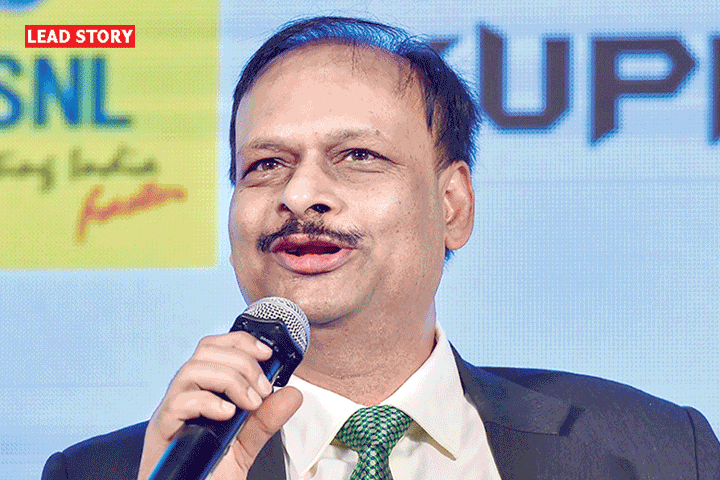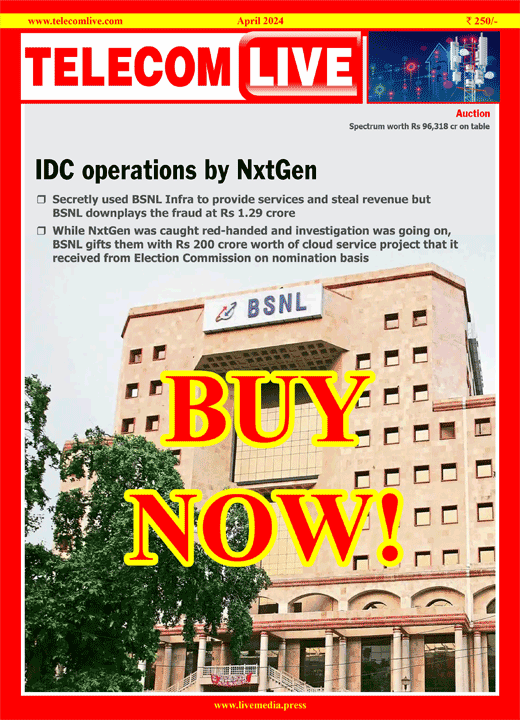Amendments to NTO 2.0 will create level playing field, address market anomalies: TRAI
Facing the ire of the broadcasters for ‘micro-managing’ the TV broadcasting sector, the Telecom Regulatory Authority of India (TRAI) has defended the amendments it has made to the new regulatory framework.
The regulator stated that the “amendments will address the teething issues faced by the consumers while balancing the interests of broadcasters as-well-as the DPOs to create a level playing field”. It further stated that these amendments are to address certain anomalies in the market which necessitated review for achieving the orderly growth of the sector.
TRAI had issued amendments to the regulatory framework for the Broadcasting and Cable Services Sector on 1st January 2020. The amended provisions will come into effect from 1st March 2020.
Broadcasters may publish revised MRP of a-la-carte channels and bouquets by 15th January 2020. Similarly, DPOs may publish revised offerings on their website by 30th January.
The regulator said that the amendments will usher in better offerings, reduced NCF, more flexible tariff schemes, and more choices for consumers.
According to the TRAI, the new tariff order (NTO) 2.0 while facilitates consumers to choose channels of their choice either as a-la-carte or bouquet of channels also ensures that prices of a-la-carte channels are not illusory.
Consumers can now choose 200 channels of their choice excluding mandated Prasar Bharati channels in maximum network capacity fee (NCF) of Rs 130/- per month. Relief has also been given to Multi-TV home subscribers as they would pay only 40% of NCF for every second and additional TVs in a home.
It stated that the concerns of free to air (FTA), news and regional broadcasters have also been addressed by capping maximum carriage fee payable by a broadcaster to a DPO for a TV channel per month.
Further, the multi system operators (MSOs), IPTV providers, HITS operators have also been mandated that their target market cannot be more than state or Union territory, as the case may be. The concern of all the broadcasters regarding placement fee and misuse by few DPOs manipulating Electronic Program Guide (EPG) has also been addressed.
The TRAI reiterated that the broadcasters continue to have full flexibility to price their channel as Maximum Retail Price (MRP) of any channel remains in forbearance.
NTO 2.0, it said, prescribes linkage between A-la-carte price and Bouquet by mandating that the sum of the a-la-carte channels in a bouquet will not be more than 1.5 times to that of bouquet price.
It has also prescribed condition that MRP of an a-la-carte channel should not be more than Rs 12/- per month to be part of the bouquet which was Rs 19/- earlier. “These steps become necessary to curb misuse of pricing facility by few broadcasters,” the TRAI stated.
The TRAI noted that after implementation of NTO, some broadcasters enhanced their channel prices drastically, which in a large number of cases was more than 100%. Such price increase is anti-consumer and forces regulatory interventions.
“TRAI believes that transparent mechanism needs to be adopted to encourage the market discovery of channel price, but any attempt to scuttle consumer choice either through non-transparent pricing practices or other similar means needs to be discouraged,” it added.
The regulator said it has addressed the issue of multi-TV homes by mandating that DPOs can charge only 40% of NCF for second and any additional TV in a home. It stated that there have been instances where NCF was charged for each of the TV in a home while the cost to provide additional TV in a home was far less. TRAI believes that in Multi-TV home DPOs must only take were incremental cost from subscribers.
The TRAI also noted that there were instances, where huge carriage fee was demanded by large Distribution Platform Operators (DPOs). “In addition, as the DPOs could change the Channel Number every year, they were demanding huge placement charges from some broadcasters. Regional broadcasters and small channels were facing serious threat of removal of their channels from the platform owing to their lower penetration. These issues have also been addressed and the level playing field has been ensured to each broadcaster so that sector can grow.”
Notwithstanding the criticism by broadcasters, the TRAI asserted that the amendments through NTO 2.0 have left the basic structure of the regulatory framework unchanged with very minor modifications targeted to address teething problems relating to smooth implementation.
“It provides complete freedom to Broadcasters/ DPOs to price their services while ensuring that consumers get the freedom to choose the TV channels. The review exercise has been limited to certain consumer-friendly measures including those which are necessary to balance the interest of stakeholders.”
Summary of these new measures is as below:
i. Now a consumer can enjoy 200 SD (plus mandatory channels) television channels in basic NCF of Rs. 130/- per month. Further, even for higher number of channels, the maximum NCF has been capped at Rs. 160 per month. This will also benefit broadcasters, especially News & Regional FTA channels, as there are higher chances of subscription to their channels.
ii. Provision of discounts in NCFs for multi TV homes. DPOs shall not charge more than 40% of declared NCF per additional TV for 2nd TV connection onwards in a multi-TV home.
iii. Introduction of a time tested and industry-accepted twin-conditions, to ensure that there is a reasonable relationship between the prices of pay channels on the a-la-carte basis and the bouquet
iv. Reduction of ceiling price of pay channel for inclusion in any bouquet from Rs. 19 to Rs. 12 so as to ensure fair packaging of bouquets. This will ensure reasonable price of a channel on a-la-carte basis.
v. Flexibility to DPOs to declare different NCFs for different regions/areas within its service area. This provision will help DPOs to innovate and cater to local demands in their tariff offerings resulting in lower NCF in rural/remote areas.
vi. Flexibility for DPOs to offer promotional schemes. They can also offer discounts on NCF and Distributor Retail Prices (DRP) on long term subscriptions, having duration 6 months or above.
vii. Capping of the carriage fee @ Rs. 4 Lakh per Standard Definition (SD) Channel per month for a DPO. This will ensure viability of news, regional and niche channels.
viii. Full flexibility to the DPOs to organise the television channels on EPG based on Language or Genre. The provision will safeguard consumers’ and broadcasters’ interest vis-a-vis erstwhile arbitrary maneuvering by DPOs. This will also save regional and smaller broadcasters from any probable misuse by DPO.











